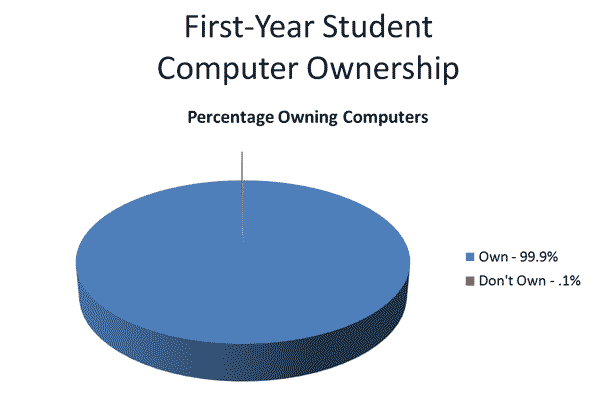Leave The Lab Mac OS
Leave The Lab Mac OS
RECON for Mac OS X is a single distribution that works in the field on live systems and also back at the lab to allow analysis of all popular forensic image formats
Forensodigital in association with SUMURI LLC, USA have developed MAC OS X based Forensic tool RECON for digital triage. RECON is a tool which can be used by both novice and expert forensic examiners. It can be used for live systems and mounted media analysis. With minimum user interaction RECON extract artifacts and produce hundreds of reports in different formats.
Key Features:-
- Support MAC OS x 10.7, 10.8, 10.9 and 10.10
- The first release of the new OS — Mac OS X Server 1.0 — used a modified version of the Mac OS GUI, but all client versions starting with Mac OS X Developer Preview 3 used a new theme known as Aqua. Aqua was a substantial departure from the Mac OS 9 interface, which had evolved with little change from that of the original Macintosh operating.
- How do I leave the program? To leave the Apple Beta Software Program, you must first sign in, then click the Leave Program link. If you leave, you will stop receiving emails about the Apple Beta Software Program and will no longer be able to submit feedback with Feedback Assistant.
- Apple has released the latest Leopard update, Mac OS X 10.5.5 which is available through Software Update. The 10.5.5 Update is recommended for all users running Mac OS X Leopard and includes general operating system fixes that enhance the stability, compatibility, and security of your Mac.
- Leopard 100: Introduction to Mac OS X v10.5 1 day Provides an introduction to basic Mac OS X features and interface for those who are new to Mac OS X. Covers the prerequisite knowledge for Leopard 101. Leopard 101: Mac OS X Support Essentials v10.5 3 days Provides an intensive and in-depth exploration of troubleshooting on Mac OS X, touring.
Explore the world of Mac. Check out MacBook Pro, MacBook Air, iMac, Mac mini, and more. Visit the Apple site to learn, buy, and get support.
- Reporting formats – HTML, PDF, XML and CSV
- Artifact timeline
- File timeline
- Global Search, Metadata and Media preview
- Bookmarking option

- Export files
- Identify virtual Machine and export them
Chat timeline

Keychain password extraction
RAM imaging
Get RECON for Mac OS X combined with 10 hours of online and on demand training. Learn to harness the power of automated Mac Forensics. Successful completion of the training course leads to certification in RECON for Mac OS X. Students receive lifetime access to the curriculum for version 1, including future updates on new features and forensic plugins.
Start up from macOS Recovery
Determine whether you're using a Mac with Apple silicon, then follow the appropriate steps:
Apple silicon
Turn on your Mac and continue to press and hold the power button until you see the startup options window. Click the gear icon labeled Options, then click Continue.
Intel processor
Make sure that your Mac has a connection to the internet. Then turn on your Mac and immediately press and hold Command (⌘)-R until you see an Apple logo or other image.
If you're asked to select a user you know the password for, select the user, click Next, then enter their administrator password.
Reinstall macOS
Select Reinstall macOS from the utilities window in macOS Recovery, then click Continue and follow the onscreen instructions.
Follow these guidelines during installation:
- If the installer asks to unlock your disk, enter the password you use to log in to your Mac.
- If the installer doesn't see your disk, or it says that it can't install on your computer or volume, you might need to erase your disk first.
- If the installer offers you the choice between installing on Macintosh HD or Macintosh HD - Data, choose Macintosh HD.
- Allow installation to complete without putting your Mac to sleep or closing its lid. Your Mac might restart and show a progress bar several times, and the screen might be empty for minutes at a time.
After installation is complete, your Mac might restart to a setup assistant. If you're selling, trading in, or giving away your Mac, press Command-Q to quit the assistant without completing setup. Then click Shut Down. When the new owner starts up the Mac, they can use their own information to complete setup.
Leave The Lab Mac Os Catalina
Other macOS installation options
When you install macOS from Recovery, you get the current version of the most recently installed macOS, with some exceptions:
- On an Intel-based Mac: If you use Shift-Option-Command-R during startup, you're offered the macOS that came with your Mac, or the closest version still available. If you use Option-Command-R during startup, in most cases you're offered the latest macOS that is compatible with your Mac. Otherwise you're offered the macOS that came with your Mac, or the closest version still available.
- If the Mac logic board was just replaced, you may be offered only the latest macOS that is compatible with your Mac. If you just erased your entire startup disk, you may be offered only the macOS that came with your Mac, or the closest version still available.
Leave The Lab Mac Os Catalina
You can also use these methods to install macOS, if the macOS is compatible with your Mac:
- Use the App Store to download and install the latest macOS.
- Use the App Store or a web browser to download and install an earlier macOS.
- Use a USB flash drive or other secondary volume to create a bootable installer.
Leave The Lab Mac OS
